News
-
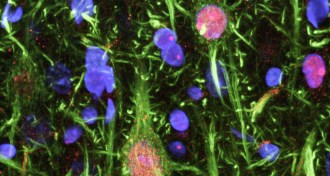 Neuroscience
NeuroscienceEating shuts down nerve cells that counter obesity
A group of nerve cells shut down when food hits the lips, a study of mice finds.
-
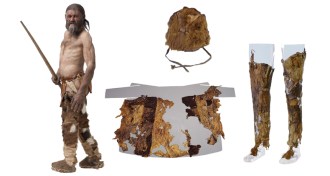 Archaeology
ArchaeologyHow to get Ötzi’s look
DNA from Ötzi the Iceman’s clothes and quiver traced to both domesticated and wild animals.
By Bruce Bower -
 Earth
EarthAmericas’ hookup not so ancient after all
Debate lingers over when the Isthmus of Panama formed and closed the seaway that separated North and South America millions of years ago.
-
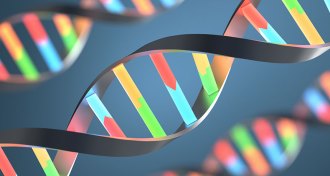 Genetics
GeneticsGenetic diversity data offers medical benefits
Study of protein-producing DNA narrows down disease-causing genetic variants.
-
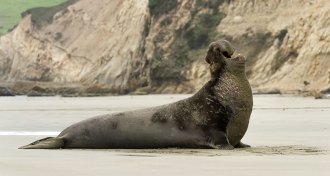 Health & Medicine
Health & MedicineWhen it comes to antimicrobial resistance, watch out for wildlife
Focusing on antimicrobial resistance in hospitals and farms misses a big and not well understood part of the issue: wildlife.
By Susan Milius -
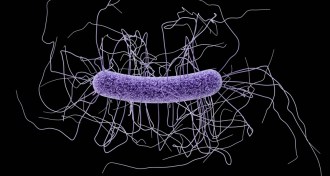 Life
LifeGenes that control toxin production in C. difficile ID’d
Pinpointing the genes behind Clostridium difficile toxin production could help researchers disarm the superbug without killing “good” bacteria.
-
 Astronomy
AstronomyAstronomers prepare for 2017 solar eclipse spectacle
With one year to go, researchers are making plans for studying both the sun and Earth during the August 2017 total solar eclipse.
-
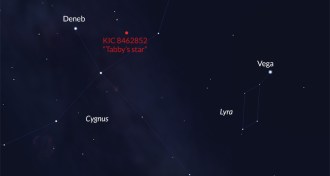 Astronomy
AstronomyTabby’s star drama continues
Tabby’s star, already known for its bizarre flicking and fading, dimmed throughout the four years of Kepler’s primary mission.
-
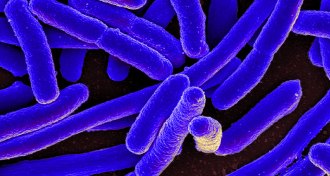 Life
Life‘Promiscuous’ enzymes can compensate for disabled genes
Promiscuous enzymes can step in when bacteria lose genes they need to function.
-
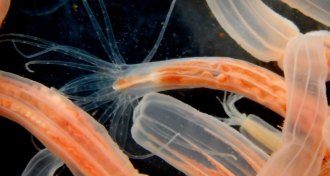 Animals
AnimalsAnemone proteins offer clue to restoring hearing loss
Proteins that sea anemones use to regenerate may help restore damaged hearing in mammals.
-
 Neuroscience
NeuroscienceSleep deprivation hits some brain areas hard
Brain scan study reveals hodgepodge effects of sleep deprivation.
-
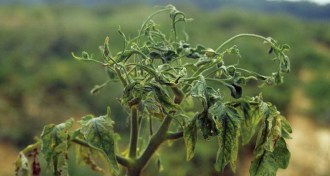 Plants
PlantsSneaky virus helps plants multiply, creating more hosts
Plant virus makes hosts more attractive to pollinators, ensuring future virus-susceptible plants.